October 30, 2025
9 min read
Heap vs mixpanel vs CUX. Which analytics tool is right for you?
Meghan Trainor sings is all about that bass, but in your business, it’s all about data. Analytics has become a must-have for every entrepreneur.

Don’t worry, it isn’t as hard as it might look! You don’t have to become a superb analyst from day to one. You just need an appropriate tool to analyze. Why? Because they not only make your analysis better, faster, stronger, and EASIER, but they boost your business.
Heap autocaptures all user tracking data, while Mixpanel excels at deep event-based insights. While both are strong quantitative tools, CUX provides automated qualitative user behavior analysis to uncover the 'why' behind user actions.
If you want to learn more about Heap and other behavior analytics tools — read on.
What is Heap?
Heap application is a web analytics tool that gathers quantitative and qualitative data about your users’ digital journey. Founded in 2013 by Matin Movassate and Ravi Parikh to capture and measure every user action like clicks, taps, swipes page views, filling a form, and more.
Heap tool finds weak points, optimizes conversion funnels, and identifies behaviors that have an impact on maintaining or increasing retention.
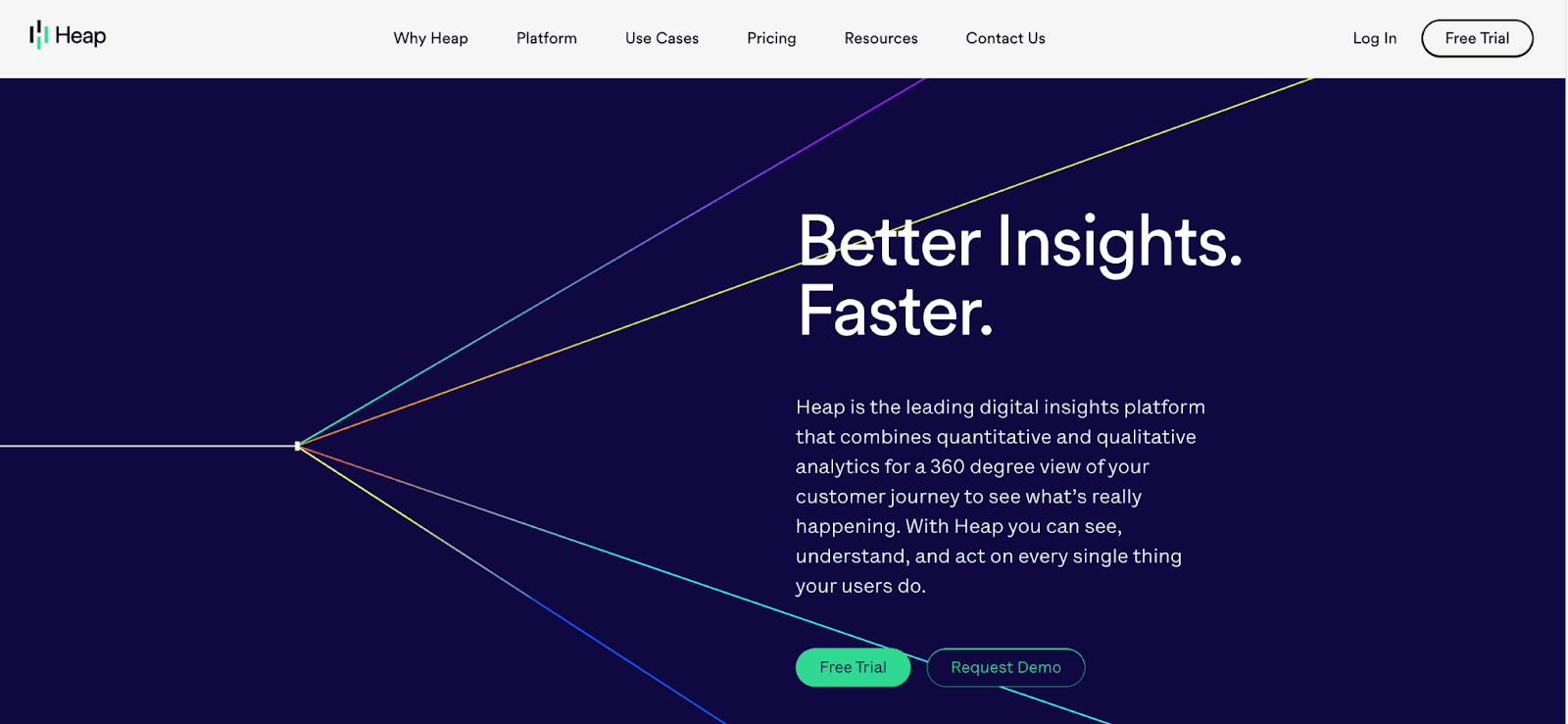
What are Heap's key features?
Heap is known for its extensive analytical dashboard, which has an enormous amount of metrics and measurements. As our CTO Kamil says, it’s like Google Analytics on steroids. Probably that is the reason a lot of people search for a comparison between those two tools. 🏋🏻♂️
In addition to measuring real-time web traffic, you can use this powerful data tool to:
-
automatically capture every user's actions like clicks, swipes, and submitting forms on your website. You don’t need to implement a tracking code;
-
conduct retroactive analysis;
-
track the exact events you’re interested in;
-
get knowledge of how users interact with your product;
-
improve user experience by measuring users’ frustrations. Heap includes features like Session Replays, allowing you to watch qualitative recordings of a user's exact journey. Combined with its autocaptured data, it helps identify which parts of your website give customers a headache.
Who is Heap best for
Heap is built for product, marketing, and data teams who need to analyze large volumes of data and value the flexibility of retroactive analysis. It's perfect for teams with the time and analytical knowledge to sift through its vast autocaptured data to define events and build reports.
However, as reviews often note, this power comes with a steep learning curve. The sheer volume of data can be overwhelming, and finding specific insights requires skill.
Its pricing is typically tiered based on monthly sessions or tracked users. Paid plans offer more features and data retention, while free plans have lower session limits.
Heap tool user reviews
“There is a bit of a learning curve with the queries to run. It took time to learn how to correctly create the right queries to find the information we were wanting.”
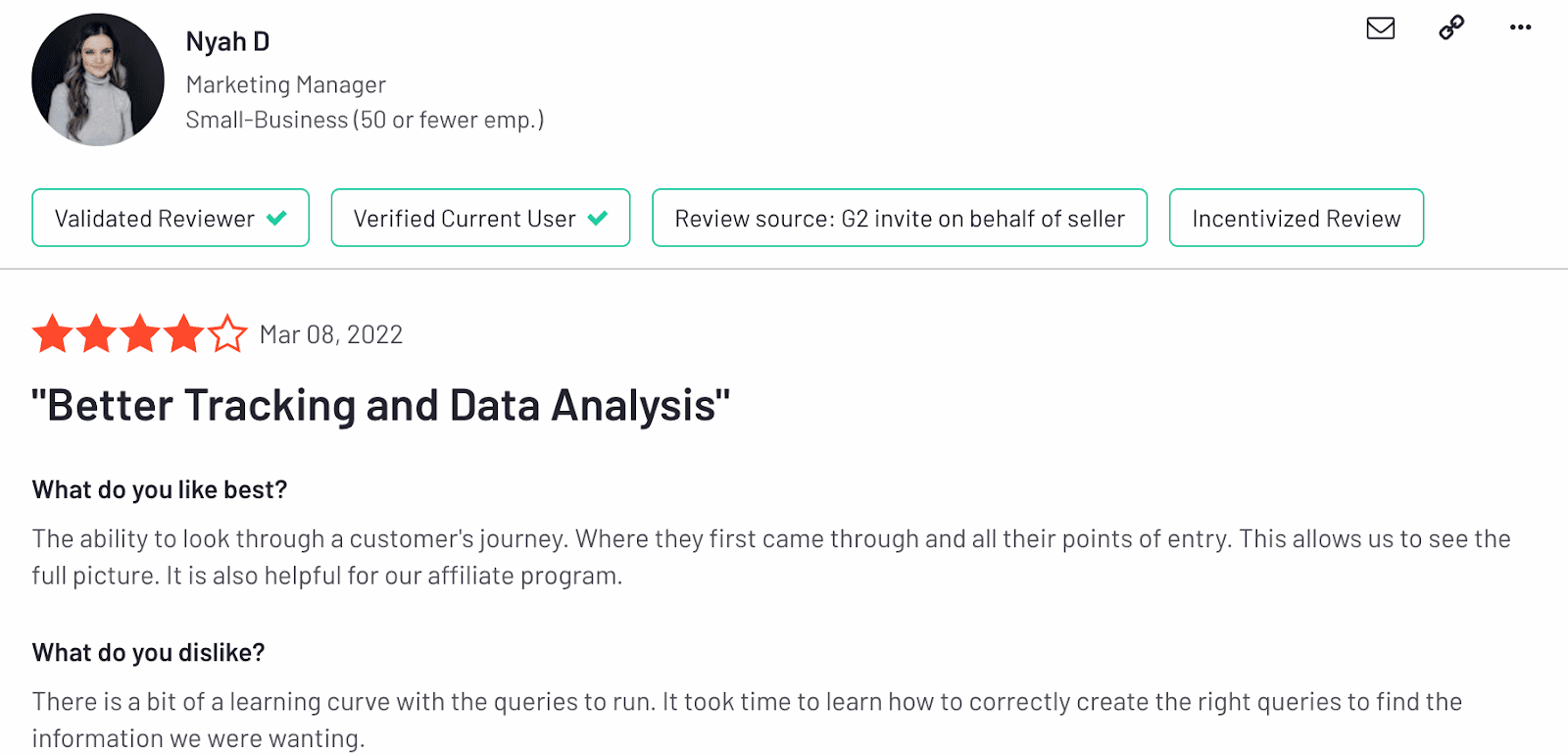
“The first couple of days using Heap was super frustrating because I didn't quite understand how it worked, and my team members weren't available to show me. And I couldn't find any option to chat with a rep from Heap (only email, but it took a couple of days to hear back). But I was able to use their help articles and videos to learn enough to build the report I needed.”
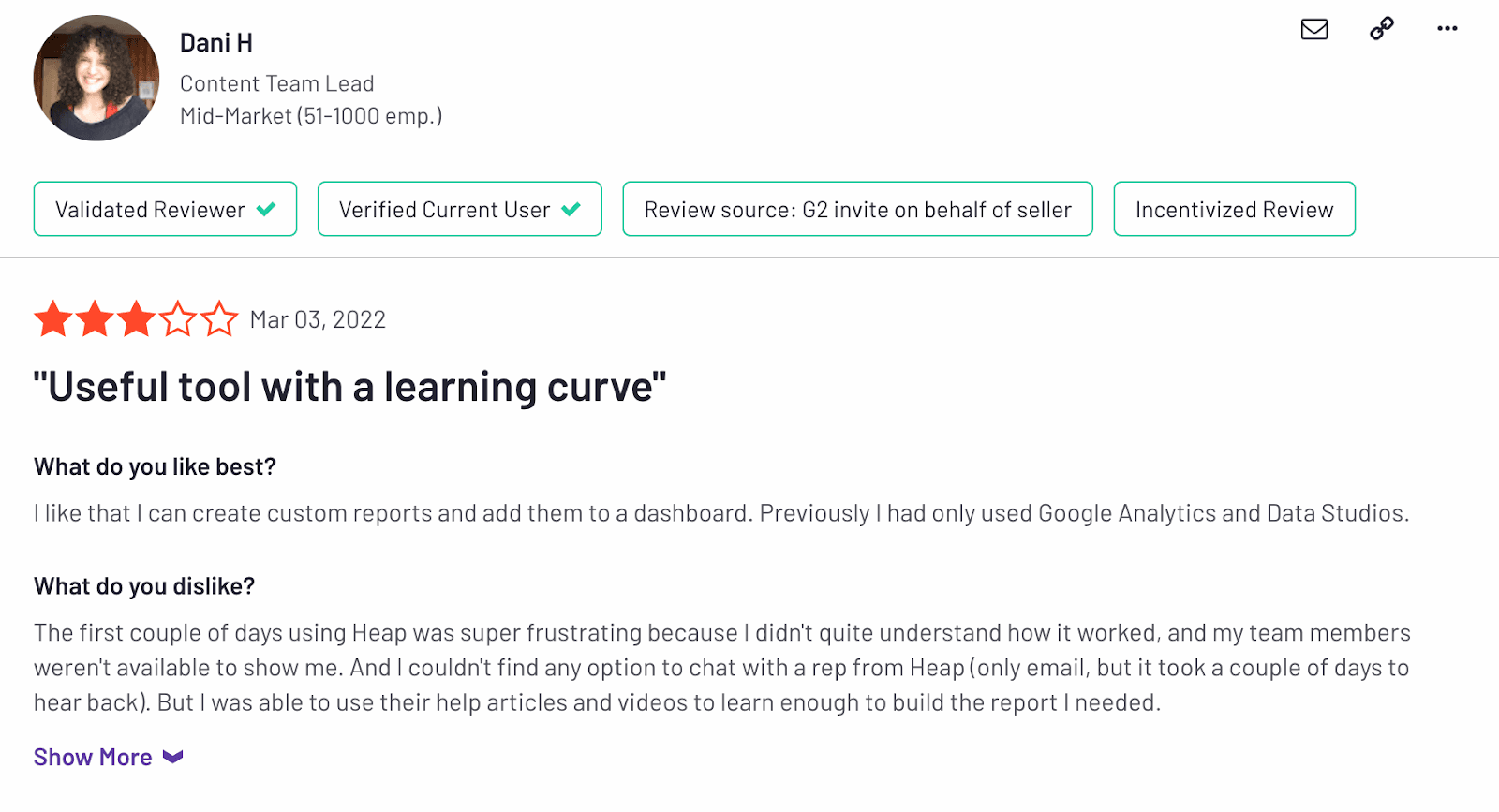
4 alternatives to Heap that you need to know
In the data-driven world, there are plenty of analytical tools. Right now, you’re probably wondering what a reasonable Heap alternative is. Below you can find a list of 4 alternatives to Heap. If you want to learn more, you must read this article.
Mixpanel
Mixpanel is a powerful alternative and a direct competitor, but with a different philosophy. Instead of autocapture, Mixpanel's strength is its deep, event-based tracking after you've defined and implemented what you want to track.
It is exceptionally good for product teams wanting to measure user flow, product adoption, and retention funnels with high precision.
Mixpanel has a generous free plan (not just a trial) that includes up to 100,000 Monthly Tracked Users. Its paid 'Growth' plans start at a low monthly price, but costs scale based on the volume of users and data you track.
Smartlook
Smartlook is a strong, balanced alternative that combines qualitative and quantitative insights. It offers session recordings, heatmaps, and event-based funnels. It's often seen as a comprehensive user behavior analysis tool that is accessible for various teams and provides strong support for both websites and native mobile apps.
Smartlook now offers a generous free forever plan (e.g., up to 3,000 sessions/month). Paid plans are available for teams that need to capture more data, with 'Pro' and 'Business' plans scaling based on session volume.
Pendo
Pendo is an all-in-one "Product Experience" platform, designed primarily for B2B SaaS companies. While it does offer product analytics, its main strength is combining those analytics with in-app user guidance (like tutorials and walkthroughs), user feedback surveys, and product roadmapping tools.
Key 2025 Updates:
It now includes Session Replay, making it a more direct competitor to Heap.
It has heavily invested in AI-powered guides and analytics.
It provides strong account-level analytics (grouping all users from a single customer), which it promotes as a key advantage over Heap's user-centric model.
Pendo offers a free forever plan (up to 1,000 monthly active users). All other plans ('Team', 'Pro', 'Enterprise') are quote-based, similar to Heap's enterprise pricing model.
CUX
You can find CUX as a reasonable alternative for Heap. CUX is the first-ever digital experience analytics platform that detects the behavioral patterns of users. CUX focuses on data that have correlations to your business goals. So that entrepreneurs can immediately find their customers’ problems, fix them and increase conversion.
Using other analytical tools than CUX comes with a huge number of hours you need to spend on your data. In the data world, a few weeks seem like ages. With CUX you are able to find places that may inhibit your conversion in just minutes!

CUX subscription pricing has been updated. The "Business +" plan, for example, now starts at €290 per month, with costs scaling based on traffic and features. 'Enterprise' plans are quote-based.
CUX vs Heap: Key differentiators
Unlike Heap, CUX offers the following solutions:
1. The analytics focused on your business goal
CUX selects data that might influence your business goal like sales, form submissions, etc. The most important data are on the plate. If you need help, CUX provides onboarding to set up your business goals.
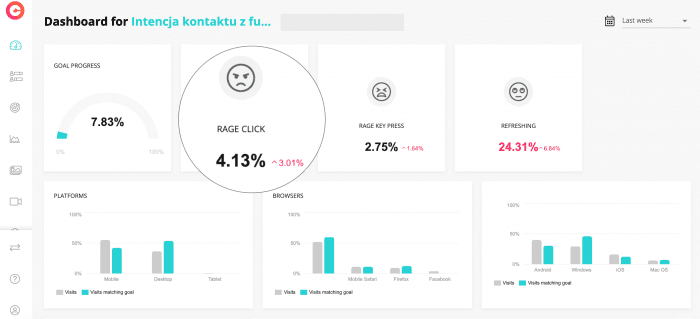
2. Visit Recordings
As you probably know, customers are not very rational. They jump from tab to tab without closing it, compare products or wander on their customer journeys freely. CUX gives you the possibility to analyze entire visits, instead of individual sessions. Learn more about visits and sessions and where is the difference.
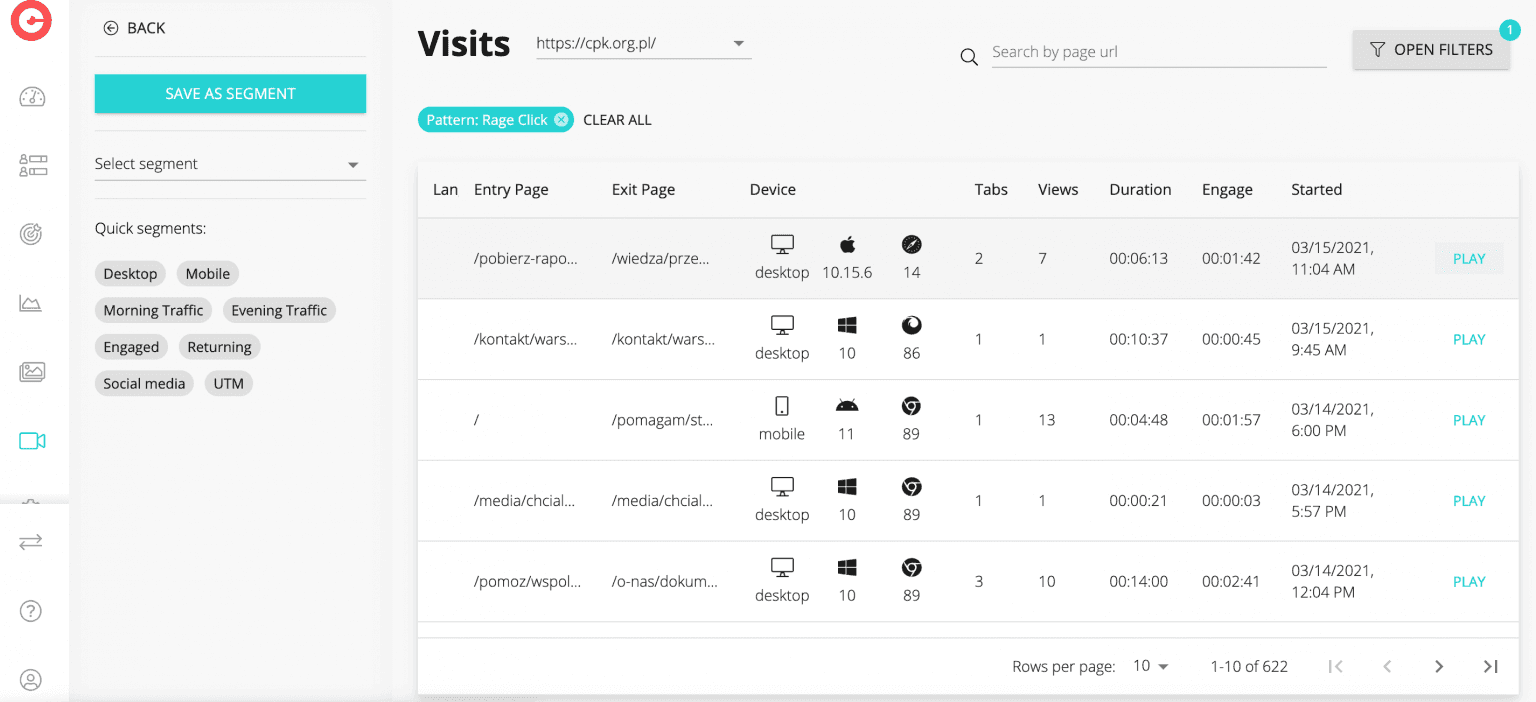
_
3. Conversion waterfalls
With CUX you can easily track where people convert or drop and see it on a customer journey. Conversion waterfalls are based on predefined events, which you can design by yourself without engaging your developers.
4. Automated frustration detection
While Heap and other tools now provide session replays, CUX's user behavior analysis tool automates the analysis by identifying moments of user frustration (like rage clicks and chaotic movement) for you, for example with the use of Insight Assistant. This saves hundreds of hours of manual watching and gets you to the 'why' faster."
5. Overview from G2
Product comparison between two tools. On the left CUX ratings, on right Heap based on user reviews.
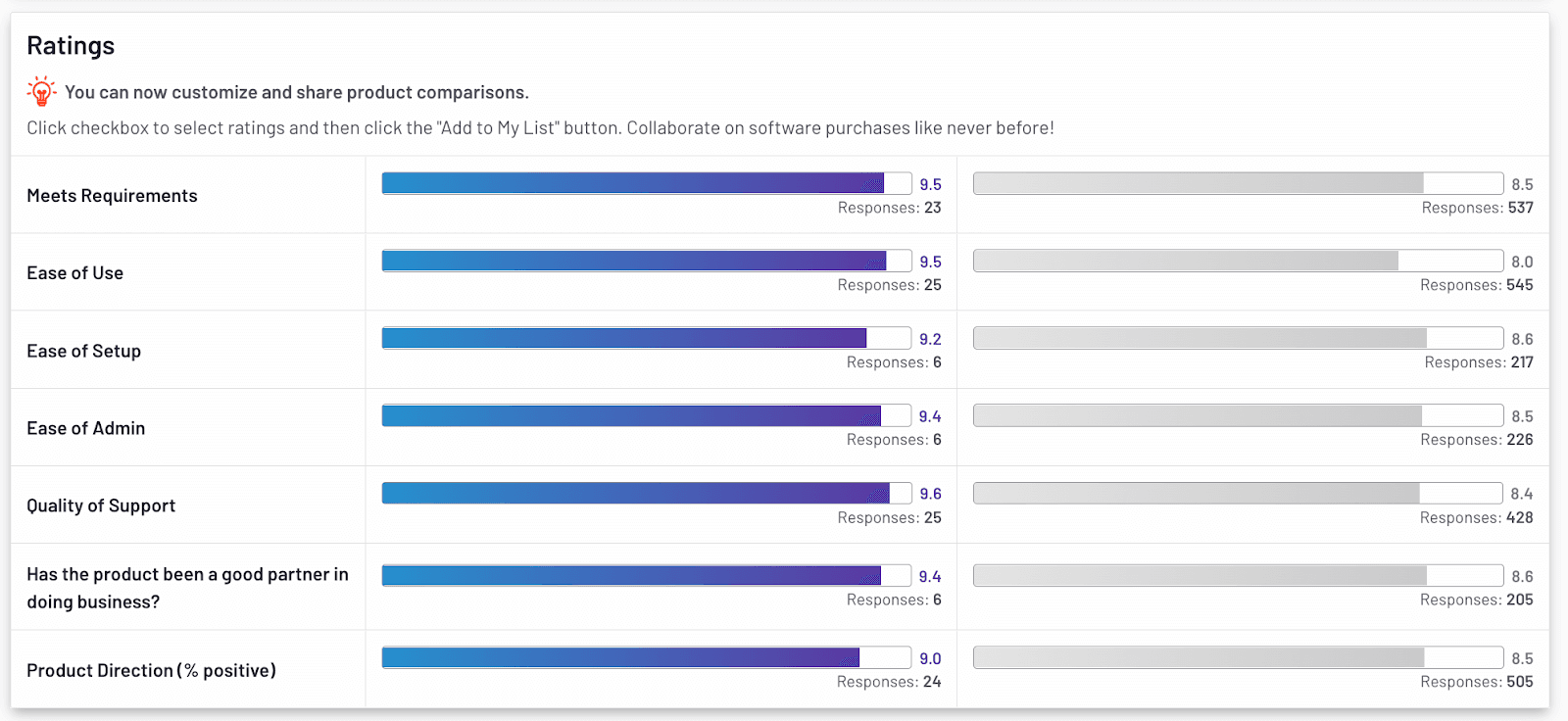
The real difference is in the analysis workflow:
Heap provides the raw data and tools: Heap gives you a complete, autocaptured dataset and powerful tools (like funnels, session replays, and segmentation) for a human analyst to manually dig in, explore, and find insights. It's built for deep, exploratory analysis.
CUX provides automated insights: CUX analyzes its collected data to automatically detect user frustration points and behavioral patterns, aiming to give you the "answer" (e.g., "users are rage-clicking here") in minutes, without requiring you to do the manual analysis.
In short, Heap provides the data for you to analyze, while CUX aims to do the analysis for you.
Making a decision: Which analytics tool fits your needs
Heap tool isn’t a solution for everyone. It is a powerful tool for entrepreneurs who have time for analysis and want to have the possibility to view historical data. If you require a quick and easy fix, it won’t be your go-to. In this case, you need solutions that support quick wins.
FAQs
Q: What is the main difference between Heap and Mixpanel?
A: The primary difference is data collection. Heap uses autocapture to automatically track everything, letting you analyze data retroactively. Mixpanel requires you to manually define and implement tracking for specific events before you can analyze them, resulting in cleaner, more focused data.
Q: Does Heap's autocapture mean I don't need any manual tracking?
A: While Heap's autocapture simplifies initial user tracking, you still need to spend significant time defining events within the Heap UI based on the raw data it collects. It's not a fully setup-free solution for complex user behavior analysis.
Q: How does CUX's user behavior analysis differ from Heap or Mixpanel?
A: Heap and Mixpanel are primarily quantitative tools (focused on what users do in funnels and segments), though both have added session replay. CUX is a qualitative-first UX automation tool. It automatically finds the why by detecting user frustration patterns (like rage clicks) and mapping the full customer journey data to show you where and why users struggle, rather than just showing you the drop-off numbers.
